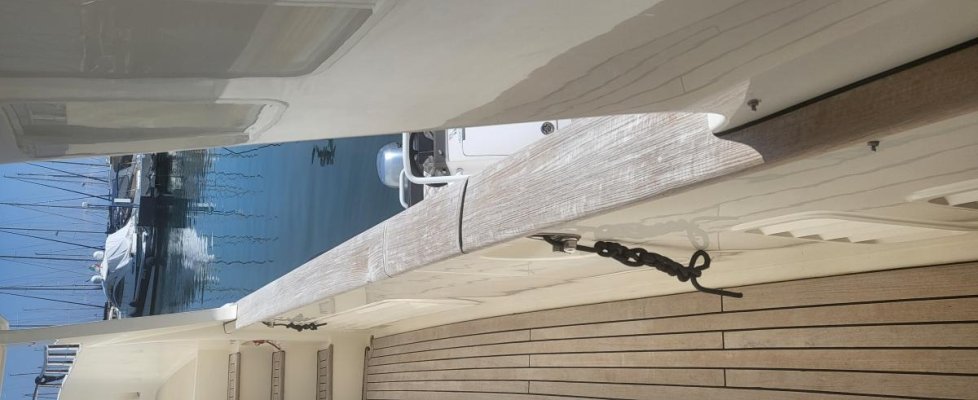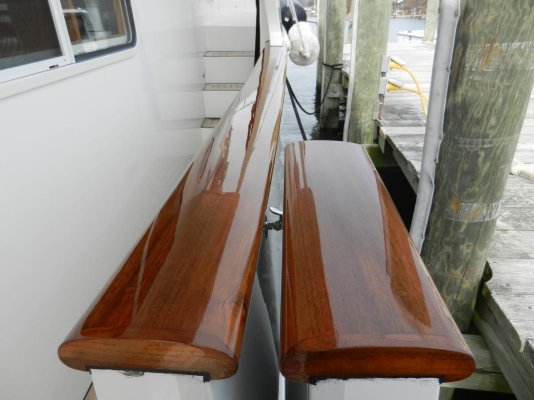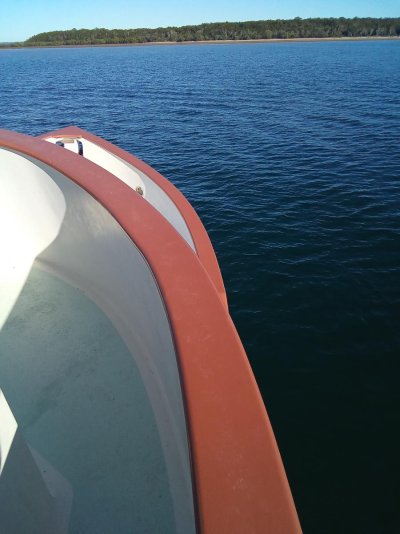dmbraaten
Member
- Joined
- Dec 7, 2018
- Messages
- 19
- Vessel Name
- Anna Sørgaard
- Vessel Make
- Selene 49
I have bare teak caprails on my Selene and want to use Semco teak sealer on them so this has been decided. Quesion is whether i really need to sand them smooth before applying the Semco and sanding between coats. I like the rough feel of the teak and would like to apply the Semco without sanding or just make a quick sanding to begin with and nothing more.
Any issues with this? Does the sanding somehow make a better surface to keep teak in good shape as it weathers? I have owned a different Selene with nice lacqured cap rails but the upkeep is too much and I prefer to "feel" the wood.
Any issues with this? Does the sanding somehow make a better surface to keep teak in good shape as it weathers? I have owned a different Selene with nice lacqured cap rails but the upkeep is too much and I prefer to "feel" the wood.








